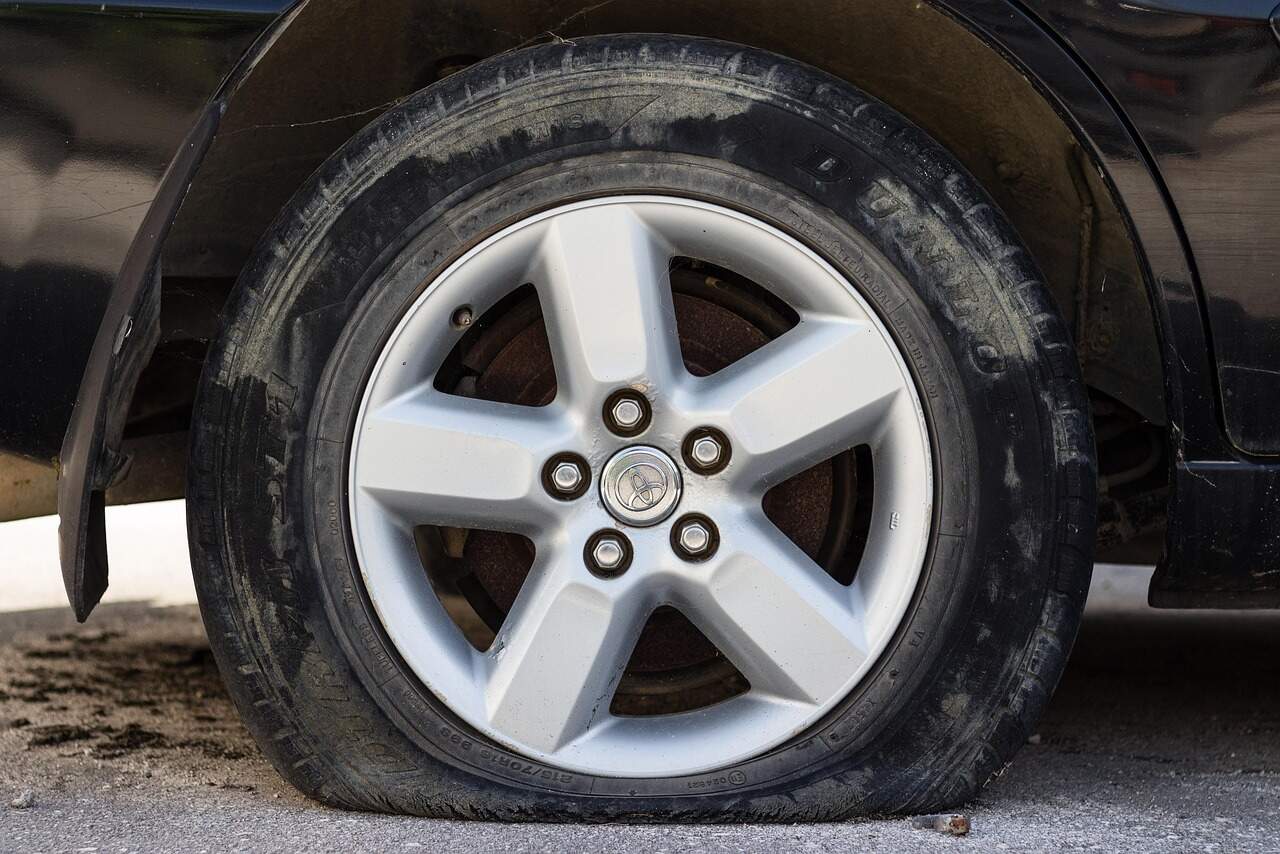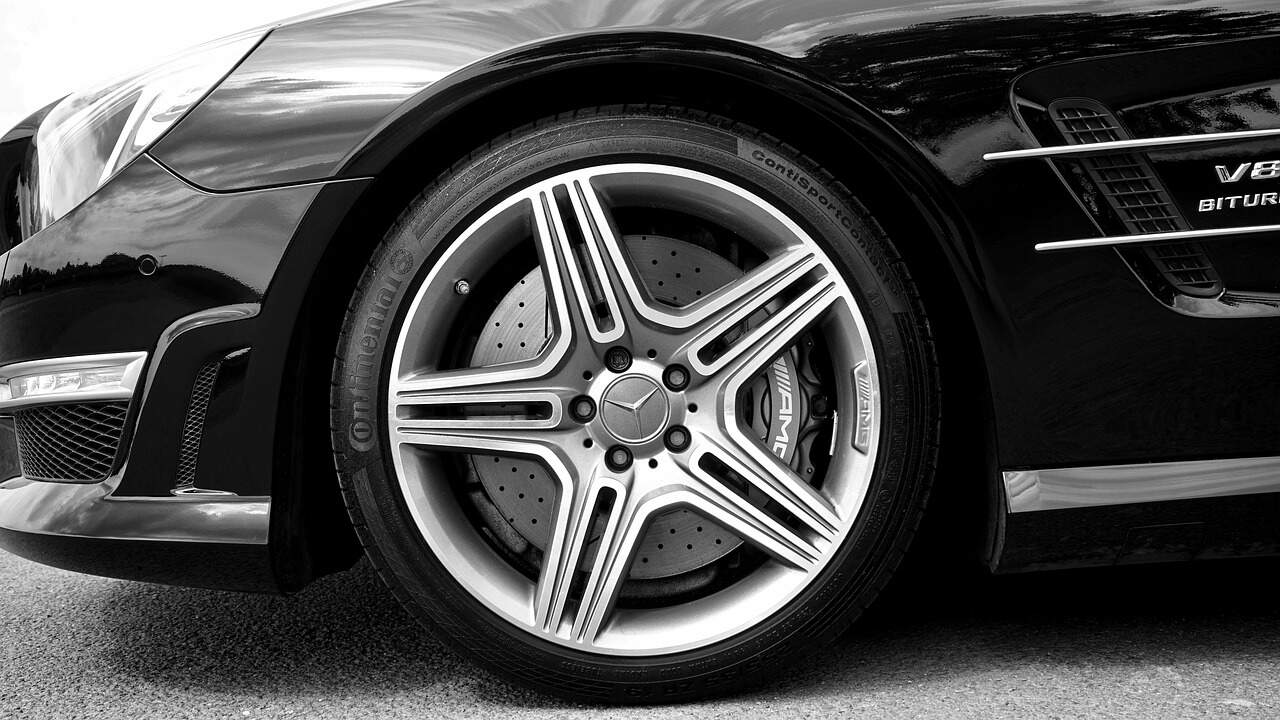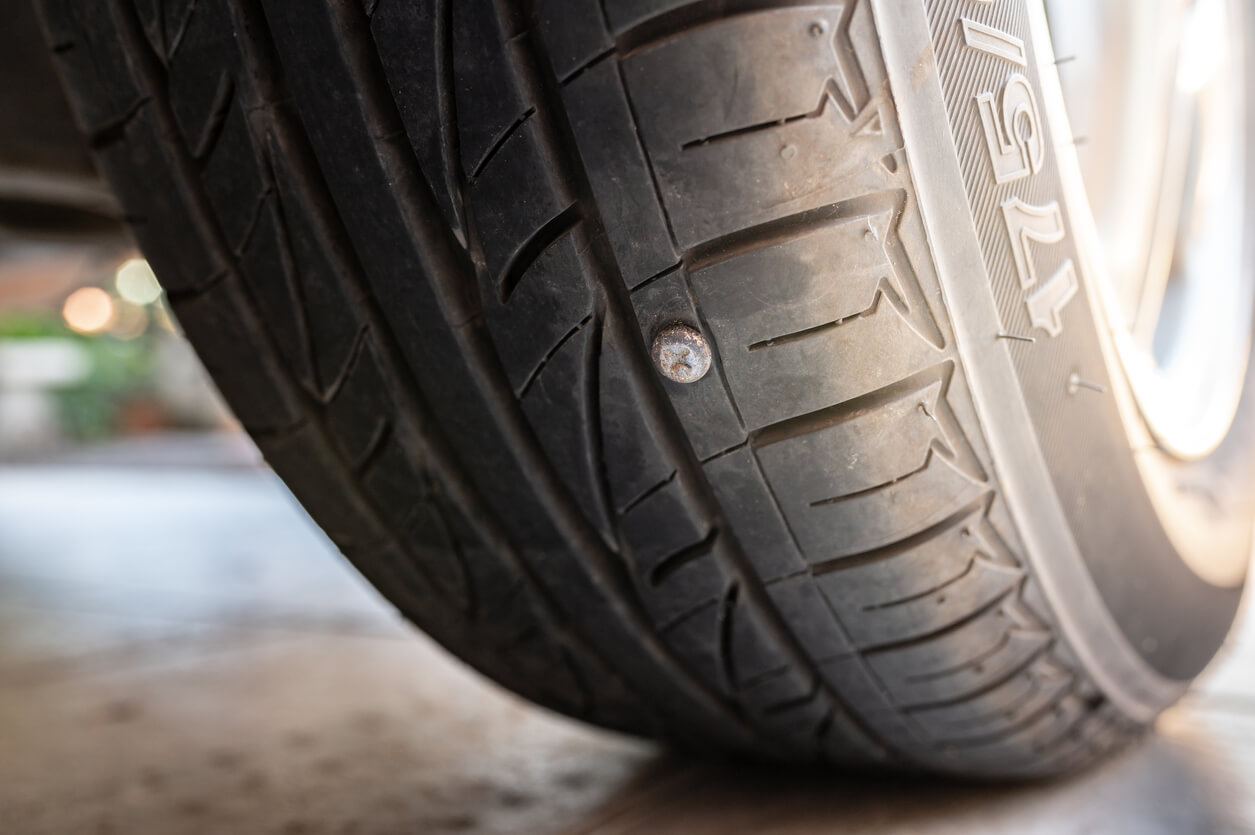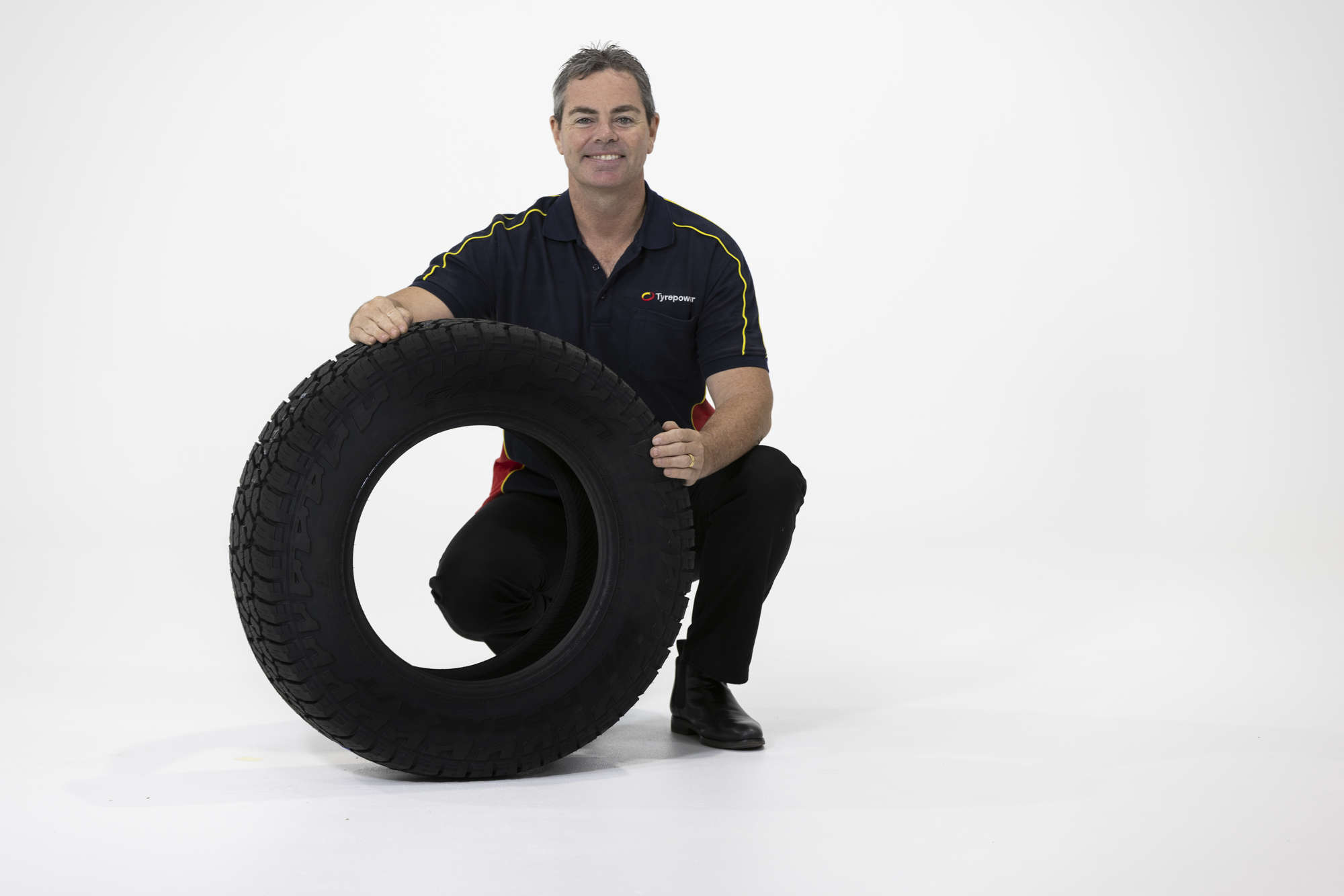There is a fair bit of content around the internet in regards to what a wheel alignment is, and why they’re essential.
Breaking it down, the simplest way to explain a wheel alignment is the process of adjusting your suspension so that your wheels are all pointing in the exact same direction.
The goal of a wheel alignment is to get the most from your tyres while ensuring your vehicle has safe, predictable and stable handling characteristics.
What do we mean by predictable and stable? The best way to answer that question is to explain what an *un*predictable car feels like. An unstable car will have a tendency to follow dips and ruts in the road, it will feel darty and unsure over bumps and will be more work to keep it in your lane while travelling on the highway.
A good wheel alignment will help your vehicle drive straighter with less effort, resulting in an easier and more comfortable driving experience.
Why do I Need an Alignment?
Surely vehicles come aligned from the factory, so why do I need an alignment?
This question has two answers.
Vehicles do come aligned from the factory, but over time your wheel alignment can change, which is why every vehicle has adjustments built right into the suspension.
This adjustment can cater to suspension changes in the form of suspension wear, damage and even the payload you put in your vehicle day to day.
Typically, manufacturers have specifications for each vehicle model on what the ideal wheel alignment settings will be, we use this information to ensure your vehicle drives just like it did from the factory.
You also *need* a wheel alignment to help ensure that you’re getting the longest useful lifespan from your tyres.
During a wheel alignment, the most common settings we check are:
- Camber: The side to side tilt of the wheels looking from the front of the vehicle.
- Toe: Describes wheels pointing in or out from parallel, as viewed from above
- Thrust angles and caster: Sometimes not adjustable depending on your vehicle. If the number is significantly different side to side, it can be an indicator of accident damage or worn parts.
If your vehicle is modified or has aftermarket suspension components, speak to your nearest Tyrepower to enquire about your vehicle and your alignment requirements.
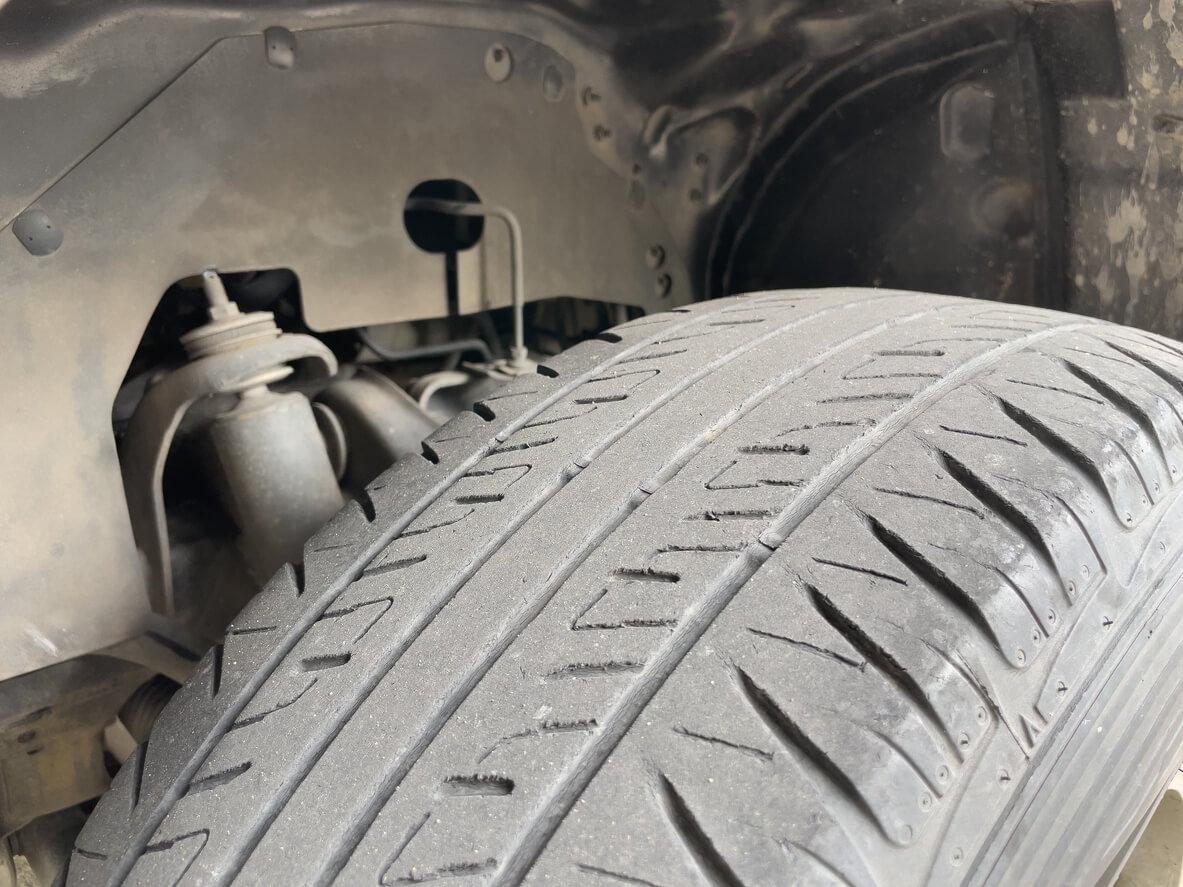
If one of our stores notices that your alignment is significantly out of specification, we will look for signs of damage as well as worn-out suspension parts.
How often should I have a wheel alignment?
Generally, it’s recommended you have a wheel alignment performed whenever you have new tyres fitted to your vehicle, as well as wherever your vehicle is having a scheduled tyre rotation.
We recommend alignments every 10,000kms along with a tyre rotation to ensure you’re getting the best from your tyres, as well as provide early warning of any suspension-related issues.
Contact us today.
If you are experiencing any issues with uneven tyre wear, or you’ve hit a pothole, book in for a pre-emptive tyre check with Tyrepower by calling us today on 13 21 91.























